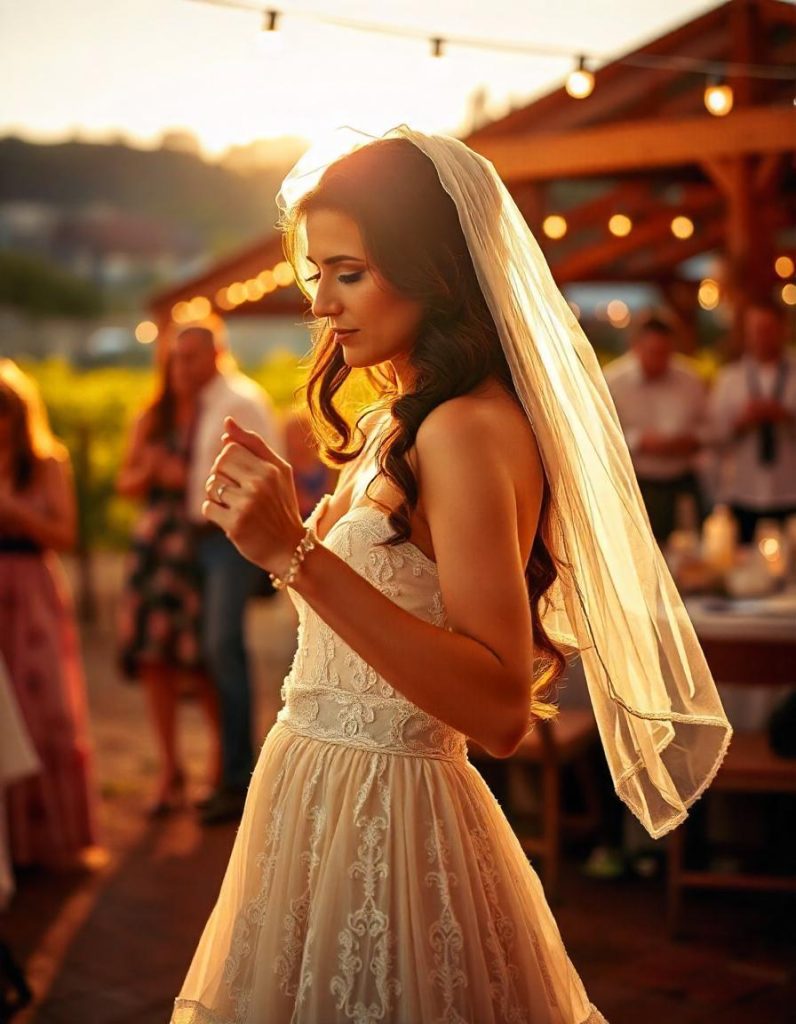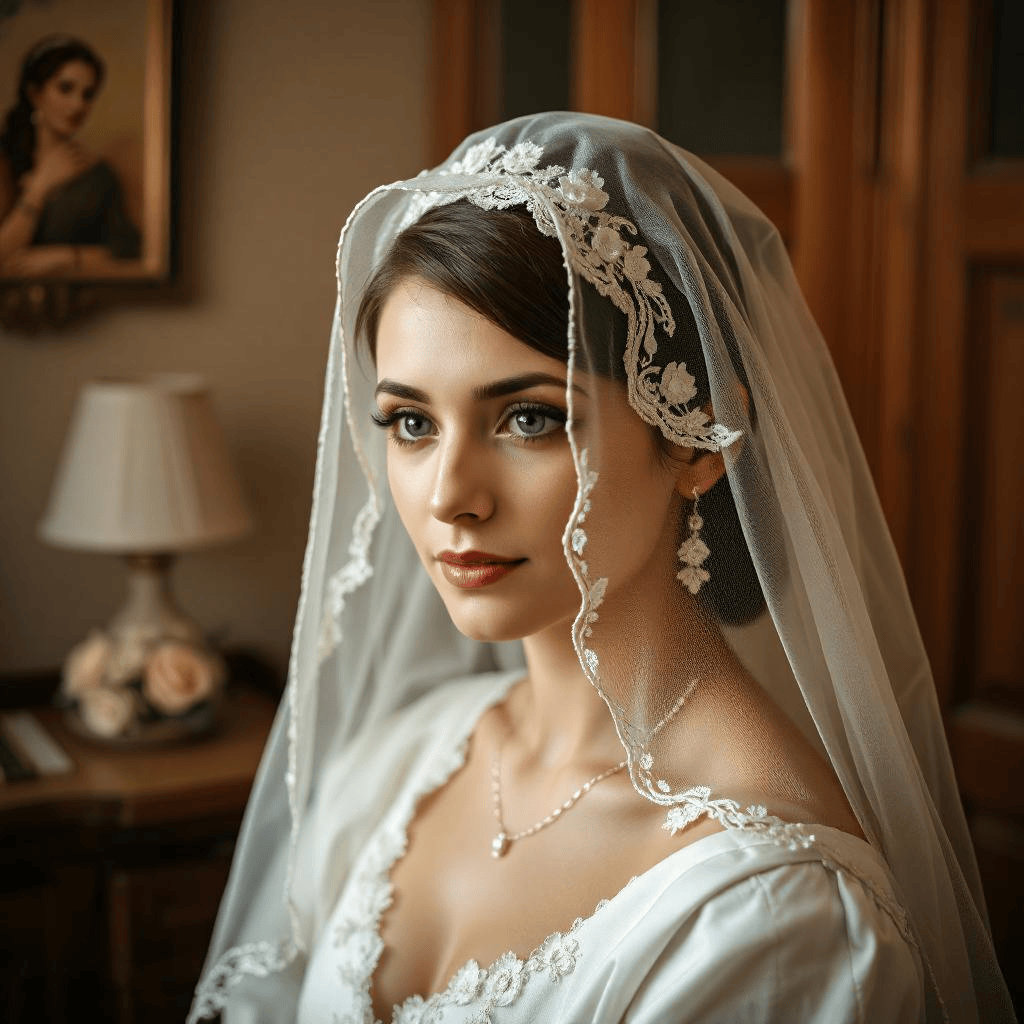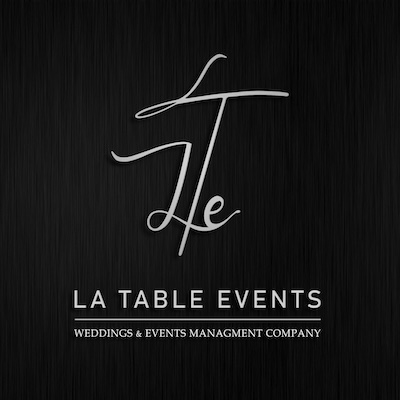Cultural Wedding Veil Traditions Around the World
Weddings are intricately woven with love, culture, and tradition; each society contributes with its own set of values and beliefs. One of the most captivating elements of this celebration is the wedding veil which borders on being an artful masterpiece. Veils ranging from elegant lace that covers the face of a bride in Western weddings to beautifully embroidered shawls used in Indian weddings offer stunning design while serving as a cultural icon. From the global wedding symbols that these beautifully crafted pieces have, let us shift our imagination to the centuries of craftsmanship behind them. In case you are trying to plan your wedding or just wish to learn more, you are at the right place, this piece will stimulate and educate you.
The Significance of Wedding Veils Around the World
Across various eras, wedding veils have served different purposes and held varying meanings. Within different societies, the veil served different purposes; some believed that it protected the bride from the evil eye while others viewed it as a representation of virtue and purity. When the veil was raised, it was typically done to mark the bride’s transformation from a maiden to a fully married woman.
The Custom of Wedding Veils in the West

In several Western cultures, the wedding veil has served as a symbol of modesty and respect. In the past, brides wore a veil that covered the face and was lifted by the groom at the altar. This practice originated in Ancient Rome, where a bride’s face was covered with a veil during her wedding ceremony to shield her from evil spirits. The groom would then kiss the bride as a sign of possession and introduce her to the guests.
Bridal Veils in India: The Dupatta and Ghoonghat
Indian brides typically use a wedding veil styled as a dupatta or ghoonghat. Dupatta is a light, elegant fabric that is worn by the bride as a head covering or is elegantly tossed over her shoulders. Married woman in ghoonghat communities cover their face with a veil. This is especially true in rural and orthodox regions.
The Spanish Mantilla Veil
Spain features a unique and distinguishing wedding veil tradition that includes the mantilla. It is a Spanish lace veil worn for First Communions and weddings that is draped over the bride’s head and secured with a peineta comb. Shawl-like in shape, the mantilla is not attached to the head but cascades over it, coming down the bride’s back. Unlike Western veils, the mantilla showcases exquisite lace embroidery contributing to the pedestal of bridal beauty.

Meaning of the Chinese Wedding Veil
Brides also wear a wedding veil in the form of a xia pei which is red and is associated with the Chinese culture. During the wedding, red is worn as a sign of good luck and wealth. The xia pei veil is usually taken off by the groom during the wedding ceremony to signify an explanation of the wife.
Practices of Wedding Veil in the Middle East
As is the case in many cultures, Middle Eastern wedding customs include the wearing of a veil. The bride usually wears a silk or lace veil that is finely embroidered. Many brides today have also started embracing the white traditional veil, which symbolizes the incorporation of modern-day fashion and cultural history.
Variations of African Wedding Veils
In Africa, each country has its unique style of incorporating veils into their weddings. Among the Nigerian Yoruba people, a bride is expected to wear a gele, which is a distinctly and beautifully designed headpiece that serves as a veil. In other countries from North Africa such as Morocco, more elaborate types of face veils that have embroidery and beads which give them a more mysterious look are common.
Japanese Shiromuku and Veil Traditions
Brides in Japan who wear a Shiromuku, that is, a pure white kimono, are usually expected to join a hood known as “tsunokakushi”. This is a form of veil when it comes to the wearing of Western wedding dresses. The headpiece represents modesty and the acceptance of the bride into the marriage.
The Modern Wedding Veil: Evolution and Adaptation
While some traditions remain deeply ingrained, the use of the wedding veil has also evolved. Modern brides have more freedom to choose veil styles that reflect their taste, from classic and elegant to contemporary and minimalist. Some brides even opt for alternative headpieces, such as floral crowns or headbands, while others choose to forgo a veil altogether.
Conclusion
The wedding veil is more than just a beautiful bridal accessory—it carries deep cultural meaning across different traditions. From the Spanish mantilla to the Chinese red veil, each culture embraces this bridal element uniquely, blending heritage with modern-day wedding styles. Whether chosen for its historical symbolism or aesthetic appeal, the wedding veil remains a timeless tradition in ceremonies worldwide.
Make your dream wedding a reality with La Table Events. Our expert team will help you bring your vision to life, ensuring a seamless and unforgettable celebration.
Phone: +971 54 302 2390



